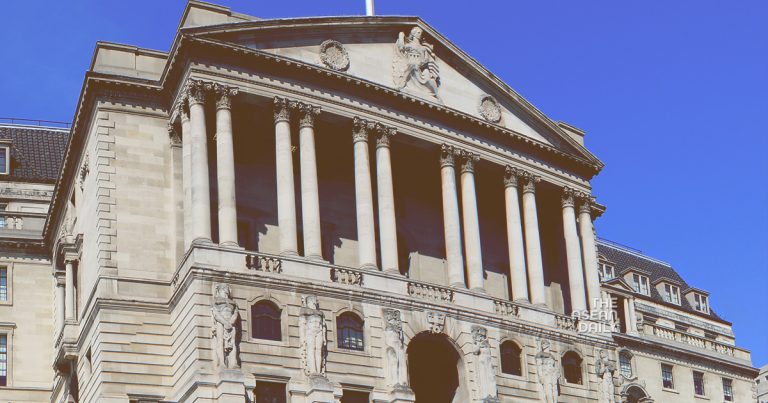3-8-2023 (LONDON) The Bank of England (BoE) announced on Thursday its decision to raise the key interest rate by a quarter point, bringing it to the highest level since 2008. However, the central bank opted for a smaller hike, citing a recent decline in inflation that it expects to continue throughout the remainder of the year.
This latest increase takes the Bank Rate to 5.25 percent and marks the 14th consecutive rise in the ongoing campaign to tighten monetary policy. The objective is to counter the most severe bout of inflation witnessed in the past four decades. Although inflation has come down from its peak of over 11 percent, it still stood at nearly 8 percent in June, almost four times the threshold that the Bank considers as price stability.
The rate hike poses challenges for individuals with mortgages and tenants who may face significant rent increases as landlords attempt to pass on the higher costs resulting from their own loans. According to real estate website Rightmove, average two-year mortgage rates in the UK now stand at nearly 7 percent.
The Bank reiterated its readiness to implement further rate increases if inflationary pressures prove to be more persistent than currently anticipated. The risks in this regard appear to be delicately balanced: UK wages continue to grow at an “unsustainable” rate, as identified by the Bank, but there are increasingly clear indications that the effects of last year’s spikes in energy and commodity markets are reversing. Factory gate prices, in particular, have declined in five of the past seven months and are now effectively flat compared to the previous year.
Prior to the BoE’s announcement, analysts were divided on the extent of the rate hike, with a slim majority expecting a quarter-point increase and a significant minority anticipating a half-point increase.
Earlier on Thursday, the pound had reached its lowest level in over a month, influenced by general risk aversion in financial markets following Fitch’s downgrade of the US credit rating on Tuesday. This development has led to higher US and global bond yields, making the dollar relatively more appealing in the short term. By 1305 CET, the pound was trading at $1.2637, representing a 0.65 percent decline for the day. Traders also adjusted their expectations for the peak interest rate, lowering it to 5.75 percent.




